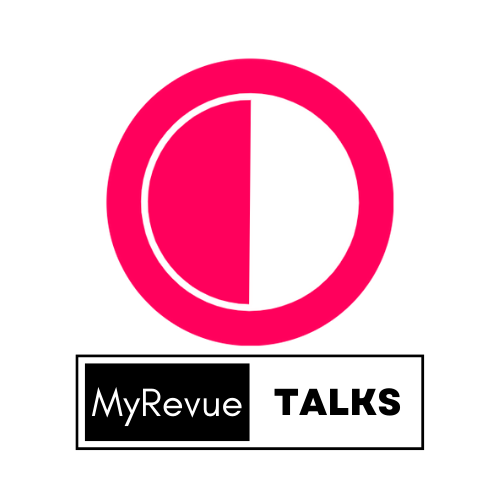Why Brands Should Incorporate User-Generated Content in their Marketing Strategy?
Incorporating UGC in the marketing strategy allows brands to tap into the power of their own customer base.

Written by Shivangi
Updated on 05/07/2023
<p class="MsoNormal">Brands should incorporate user-generated content (UGC) in
their marketing strategy for several compelling reasons. Here are some key
benefits of leveraging UGC:<o:p></o:p></p><p class="MsoNormal"><br></p>
<p class="MsoNormal">Authenticity and Credibility: UGC is seen as more authentic
and trustworthy compared to brand-generated content. It is created by real
customers who have firsthand experiences with the brand, products, or services.
This authenticity helps build credibility and fosters trust among potential
customers. By incorporating UGC, brands can tap into the power of genuine
customer voices, enhancing the authenticity of their marketing messages.<o:p></o:p></p><p class="MsoNormal"><br></p>
<p class="MsoNormal">Increased Engagement: UGC is highly engaging as it
encourages active participation from customers. When customers see their
content being featured or shared by a brand, it creates a sense of pride and
connection. They are more likely to engage with UGC by liking, sharing,
commenting, or even creating their own content in response. This increased
engagement translates into higher reach, visibility, and brand awareness.<o:p></o:p></p><p class="MsoNormal"><br></p>
<p class="MsoNormal">Cost-Effectiveness: UGC provides brands with a
cost-effective content creation solution. Instead of investing heavily in
producing professional content, brands can leverage UGC created by their
customers. This significantly reduces production costs while still generating
impactful and relevant content. Brands can allocate their marketing budgets
more efficiently by supplementing their content strategy with UGC.<o:p></o:p></p><p class="MsoNormal"><br></p>
<p class="MsoNormal">Expanded Reach and Organic Growth: UGC has the potential to
reach a wider audience beyond a brand's existing customer base. When customers
create and share UGC, they often expose the brand to their social networks and
online communities. This word-of-mouth sharing can lead to organic growth and
increased brand exposure. UGC acts as a catalyst for brand advocacy, enabling
customers to become brand ambassadors and actively promote the brand.<o:p></o:p></p><p class="MsoNormal"><br></p>
<p class="MsoNormal">Diverse and Varied Content: UGC adds variety and diversity
to a brand's content library. Customers come from different backgrounds, have
unique perspectives, and use products or services in various ways.
Incorporating UGC allows brands to showcase these diverse experiences, catering
to a wider audience. The range of UGC formats, such as images, videos, reviews,
and testimonials, also adds richness to the brand's content mix.<o:p></o:p></p><p class="MsoNormal"><br></p>
<p class="MsoNormal">Emotional Connection and Storytelling: UGC has the power to
evoke emotions and create meaningful connections with the audience. Customers
often share their stories, experiences, and personal journeys through UGC.
These stories are relatable and resonate with others, forging an emotional
connection between the brand and its audience. By incorporating UGC in their
marketing, brands can leverage these stories to create compelling narratives
and foster deeper connections with their customers.<o:p></o:p></p><p class="MsoNormal"><br></p>
<p class="MsoNormal">Feedback and Insights: UGC provides valuable feedback and
insights for brands. Customers often share their opinions, suggestions, and
ideas through UGC. By actively monitoring and analyzing UGC, brands can gain
insights into customer preferences, identify trends, and gather feedback on
their products or services. This feedback loop helps brands refine their
offerings, improve customer satisfaction, and drive innovation.<o:p></o:p></p><p class="MsoNormal"><br></p>
<p class="MsoNormal">Incorporating UGC in their marketing strategy allows brands
to tap into the power of their own customer base. By leveraging the
authenticity, engagement, cost-effectiveness, reach, diversity, emotional
connection, and insights provided by UGC, brands can create more impactful and
effective marketing campaigns, ultimately driving business growth and fostering
long-term customer loyalty.<o:p></o:p></p>
<p class="MsoNormal"><o:p> </o:p></p>
